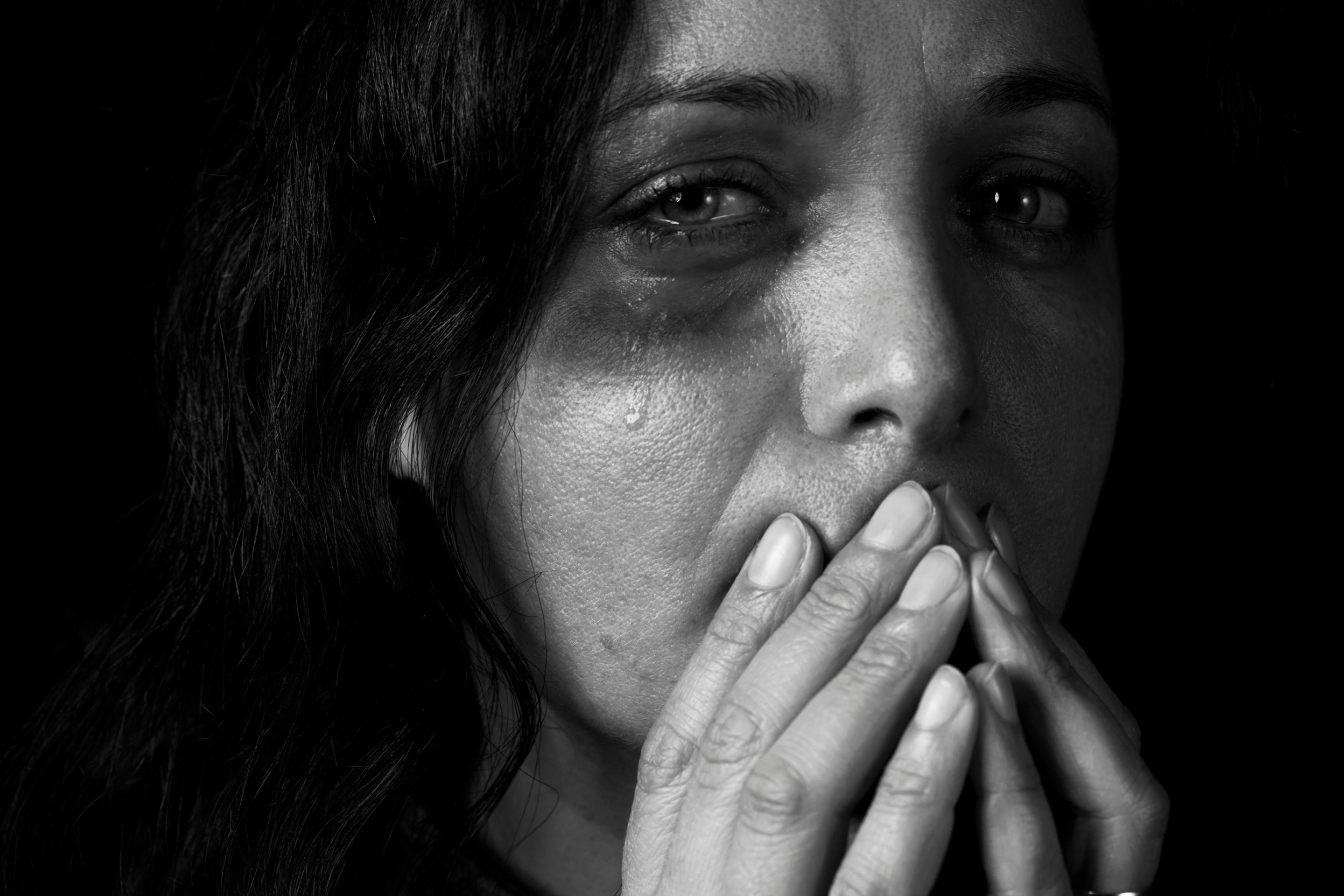Human trafficking is a global crisis affects millions of individuals, transcending borders and cultures. Central to effective prevention and intervention strategies is a clear understanding of the demographics and characteristics of those most vulnerable to becoming victims. This article explores the victim profiles in human trafficking, focusing on age, gender, socioeconomic status, and other pertinent factors.
Age: The Targeting of Youth

One of the most alarming aspects of human trafficking is its impact on young individuals. According to the United Nations Office on Drugs and Crime (UNODC), approximately one in four victims are children, primarily aged between 12 and 17 years. Adolescents are particularly susceptible due to their developmental stage, where they seek independence and validation. Traffickers often exploit this vulnerability by offering false promises of love, job opportunities, or a better life. Additionally, children from unstable family backgrounds or those who have experienced abuse are at heightened risk, making them prime targets for traffickers who prey on their need for affection and security.
Gender: The Disproportionate Impact on Women and Girls
While human trafficking affects people of all genders, women and girls comprise the majority of victims worldwide. UNODC statistics indicate that around 50% of all trafficking victims are female, with many being subjected to sexual exploitation. Societal norms and gender inequality exacerbate this issue, as women from marginalized communities often find themselves trapped in cycles of poverty and exploitation. Traffickers exploit these vulnerabilities, luring women with promises of stable employment or better living conditions. The demand for sex work further perpetuates this cycle of exploitation, reinforcing harmful gender stereotypes and facilitating the trafficking of women and girls.
Socioeconomic Status: The Role of Poverty

Poverty is a significant driver of human trafficking, creating an environment where individuals are more likely to fall prey to traffickers. Those living in impoverished conditions often face limited access to education, employment, and social services, leaving them with few options for survival. In many cases, traffickers exploit desperation by offering seemingly legitimate job opportunities, only to ensnare victims in exploitative situations. Furthermore, individuals from marginalized communities, including ethnic minorities and refugees, may be particularly vulnerable due to systemic discrimination and lack of resources. Addressing poverty is, therefore, crucial in combating human trafficking and protecting at-risk populations.
Education: The Importance of Awareness
Educational attainment plays a vital role in vulnerability to trafficking. Individuals with lower levels of education may lack awareness of the risks associated with exploitation and trafficking. Traffickers often target those who are less informed about their rights and the signs of trafficking, making them easier to manipulate. Improved education and awareness campaigns can empower potential victims, equipping them with knowledge about the dangers of trafficking and how to seek help. Communities must prioritize educational initiatives, particularly in at-risk areas, to reduce vulnerability and prevent trafficking.
Geographical Location: The Influence of Environment
Geography significantly impacts an individual’s risk of becoming a trafficking victim. Urban areas with high population density and economic disparity often serve as hotspots for trafficking activities. These environments provide traffickers with anonymity and a larger pool of potential victims. Conversely, rural areas may also be vulnerable due to limited resources, inadequate law enforcement, and fewer support services. Vulnerable populations, including migrants and refugees, are frequently targeted in both urban and rural settings, as their lack of legal status and support systems makes them easy prey for traffickers.
Psychological Factors: The Manipulation of Vulnerability
Traffickers often exploit psychological vulnerabilities, such as low self-esteem, mental health issues, or past trauma. Victims may be manipulated through emotional coercion, creating a sense of dependency on their traffickers. Many victims experience feelings of shame, guilt, and fear, which prevent them from seeking help or escaping their situations. Understanding these psychological factors is essential for developing effective outreach and support services. Trauma-informed care approaches can help empower survivors, providing them with the necessary tools to rebuild their lives.
Conclusion: A Call for Comprehensive Strategies
Understanding the demographics and characteristics of human trafficking victims is critical for developing effective prevention and intervention strategies. By recognizing the vulnerabilities associated with age, gender, socioeconomic status, education, geography, and psychological factors, stakeholders can implement comprehensive approaches to combat human trafficking. Collaborative efforts among governments, non-profit organizations, and communities are essential in raising awareness, providing resources, and ultimately protecting the most vulnerable members of society from this grave violation of human rights.

